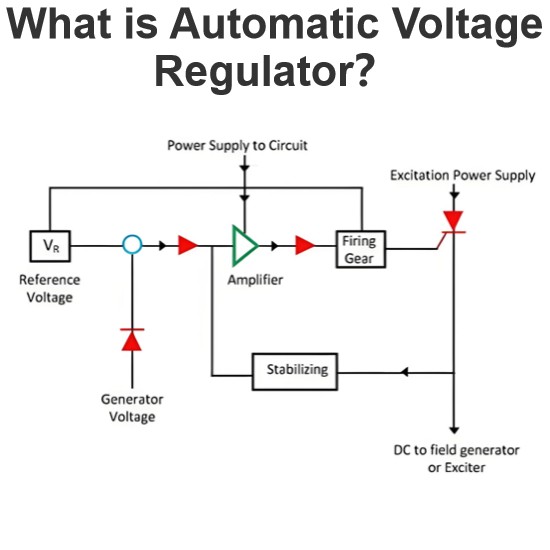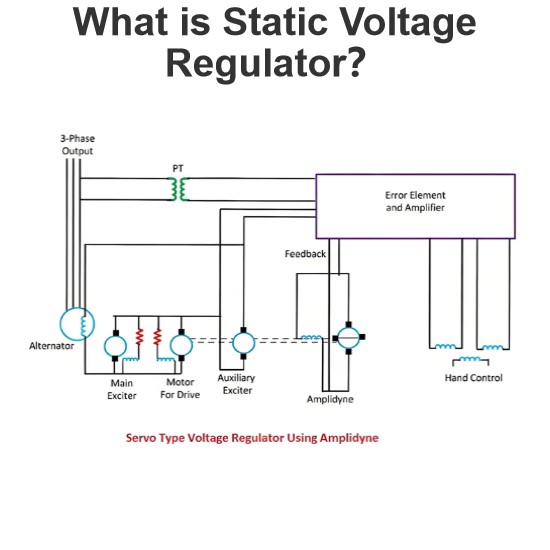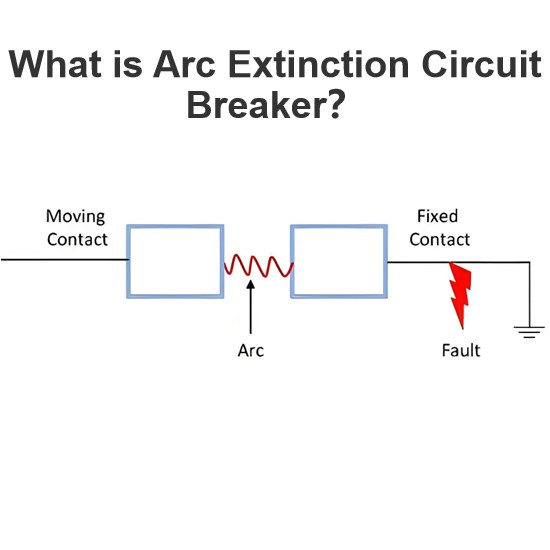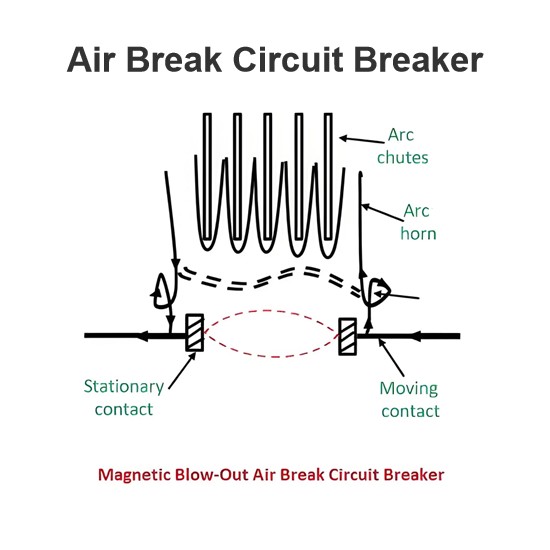What is the reason for disconnecting the DC source before measuring resistance with a multimeter?
1. Multimeter Resistance Measurement Principle Related Causes
Multimeter Internal Power Supply Principle
When measuring resistance with a multimeter, an internal battery is used to power the device. The multimeter forms a circuit with the measured resistance through its internal circuitry, and the resistance value is measured according to Ohm's Law. If the DC source is not disconnected, the external power supply will interfere with the measurement loop formed by the multimeter's internal circuit and the measured resistance, leading to inaccurate measurement results. For example, the external DC source may change the current size in the measurement loop, causing the resistance value calculated by the multimeter based on Ohm's Law to deviate from the true value.
Measurement Principles and Circuit Interference
The multimeter measures resistance based on its internal circuit structure and working principle. It provides a known voltage through its internal battery, then measures the current flowing through the measured resistance, and calculates the resistance value according to Ohm's Law (R= V/I ). When an external DC source is connected, it changes the voltage across the measured resistance or the current situation through the resistance. For example, the voltage of the external DC source is superimposed on the voltage provided by the multimeter internally, making the measured current not based on the voltage provided by the multimeter alone, which makes it impossible to accurately measure the resistance value.
II. Causes of Equipment Damage Prevention
Protect the multimeter head
The multimeter's meter head is a relatively precise component. If the DC source is not disconnected during resistance measurement, the external DC source may generate a large current. This current may exceed the range that the multimeter's meter head can withstand, thus damaging the meter head. The meter head is a key component for the multimeter to measure various electrical quantities (including current detection based on internal circuits during resistance measurements). Once damaged, the multimeter will not function properly and requires repair or replacement.
Protect other components in the tested circuit
When measuring resistance without disconnecting the DC source, due to the internal circuit connection of the multimeter during resistance measurement, it may cause other components in the measured circuit to bear abnormal voltage or current. This may damage some components that are sensitive to voltage and current (such as certain semiconductor components), thereby affecting the normal working state of the entire circuit.
The Electricity Encyclopedia is dedicated to accelerating the dissemination and application of electricity knowledge and adding impetus to the development and innovation of the electricity industry.













